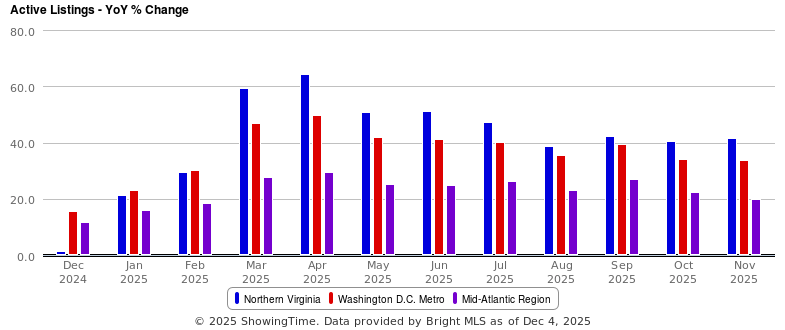Question: Can you explain what an MLS and MRIS are and how they relate to home sales?
Answer: I got this question from a few people after last week’s article about the type of data available to agents, that’s unavailable on consumer-facing sites. Over the years, I’ve found that a lot of people are familiar with the terms MLS and MRIS, but not quite sure how it ties into the real estate sales process. The following explanation is 100% my own, in an attempt to simplify it for ease of understanding.
What is a MLS (Multiple Listing Service)?
An MLS is a real estate information exchange platform and database created by cooperating residential real estate brokerages to improve the efficiency of their real estate market. As a privately created and managed organization, each MLS is primarily funded through the dues of the brokerages and agents within the market it serves. There are hundreds of MLSs across the country and each operates under its direction and rules & regulations. The information you find on consumer-facing websites like Zillow, Realtor.com, and Homesnap comes from various MLSs and each MLS has the right to negotiate its relationship (syndication agreements) with these sites and determine what information is made available. I recall reading something last year about an MLS in Pennsylvania that was considering blocking 100% of its data from Zillow.
What is the MRIS (Metropolitan Regional Information Systems)?
MRIS is the MLS that serves our region including Virginia, Washington DC, Maryland, and parts of Pennsylvania, West Virginia, and Delaware. It is one of the largest MLSs in the country by size and geographic area and supports nearly $125B in annual real estate sales. Having an MLS that services such a large area provides substantial value to the consumer because it allows sellers, who work with an agent, access to a wide audience and ensures that buyers searching online will see the same homes for sale, regardless of which website they’re on.
The Executive Committee and Board of Directors are made up of representatives from the region’s major brokerages and direct the business of MRIS, which has developed into a full-blown software, services, and technology company consisting of familiar roles such as Director of Marketing, Director of Customer Support and Chief Operating Officer. MRIS leadership has adopted a strict set of rules & regulations to provide data uniformity and ensure fair play.
The primary interaction agents have with MRIS is through the online portal to enter their listings (homes for sale) and search for homes for sale on behalf of buyer clients. Agents can send listing information directly to clients via MRIS, but some brokerages and 3rdparty vendors have built slick programs that interface with MRIS and allow for a better agent-to-client interface using MRIS data. MRIS is a one-stop shop for agents in our area to find nearly 100% of homes for sale, coming soon to the market and past sales.
Without MRIS, our real estate market would be fragmented and inefficient for consumers, agents, and industry partners, so overall it provides a huge benefit to the regional real estate market. However, like most industry-focused companies built before the latest technology revolution, it lags in customer experience and user interface design, which are areas MRIS is working on to provide both agents and consumers with a better end-to-end experience.




